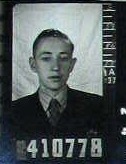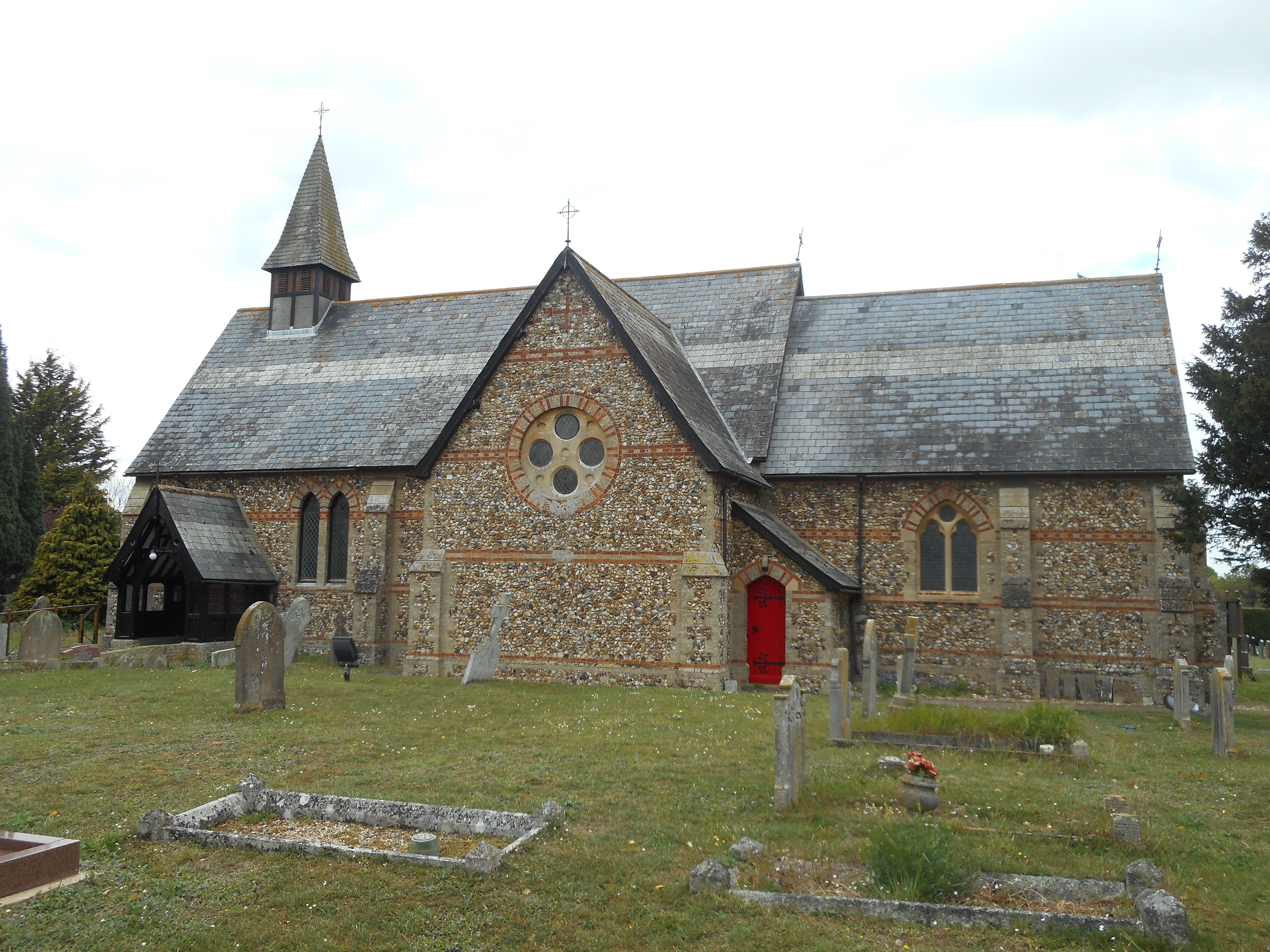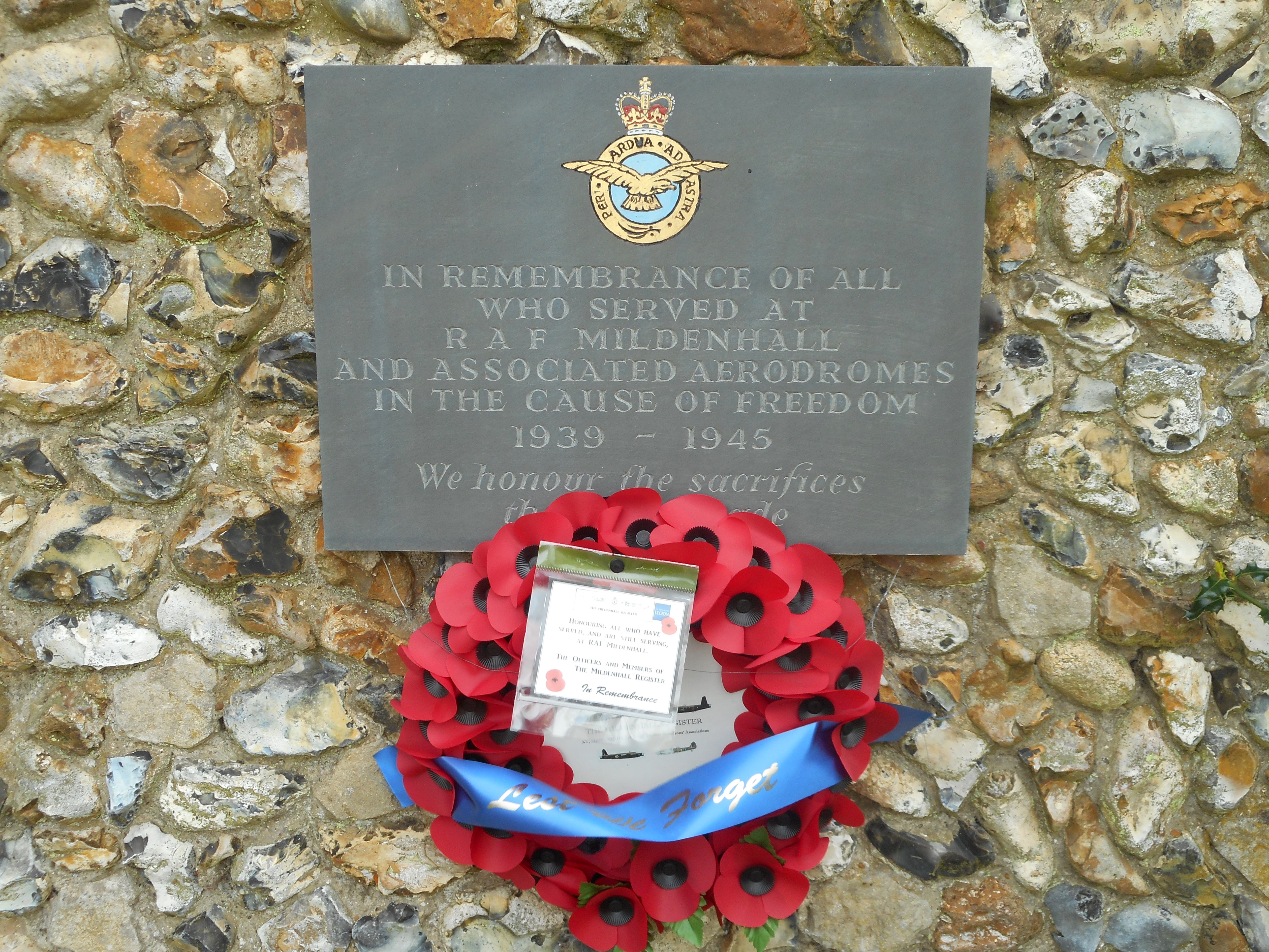Woodford, Alan Mackintosh
Personal Information
| Rank | F/S |
| Forename(s) | Alan Mackintosh |
| Surname | Woodford |
| Gender | M |
| Age | 20 |
| Date of Death | 20-02-1944 |
| Next of Kin | Son of The Revd. Thomas Philip Hubert Woodford and Mary Louise Woodford, of Moonee Ponds, Victoria, Australia. |
Aircraft Information
| Aircraft | Avro Lancaster I |
| Serial Number | R5739 |
| Markings | LS-K |
Memorial Information
| Burial/Memorial Country | Germany |
| Burial/Memorial Place | Berlin 1939-1945 War Cemetery |
| Grave Reference | 8. C. 24. |
| Epitaph | SAFE IN THE ARMS OF JESUS. HE RESTS FROM HIS LABOURS |
IBCC Memorial Information
| Phase | 2 |
| Panel Number | 268 |
Enlistment Information
| Service Number | 410778 |
| Service | Royal Australian Air Force |
| Group | 3 |
| Squadron | 15 (XV) |
| Squadron Motto | Aim Sure |
| Trade | WOp/AG |
| Country of Origin | Australia |
Other Memorials
| Location | Church of St. John, Beck Row, Suffolk |
| Country | United Kingdom |
| Memorial Type | Inscribed Slate Tablet on rear external wall of Church |
| Memorial Text | In remembrance of all who served at RAF Mildenhall and associated aerodromes in the cause of freedom, 1939-1945 |
Commonwealth War Graves Commission
The National Archives
| Record of Events (Operational Record Book) AIR 27/204/4 |
| Summary of Events (Operational Record Book) AIR 27/204/3 |
Fellow Servicemen
Please note that this list gives all the losses aboard the quoted aircraft and occasionally these may have occurred on an earlier date when the aircraft was not itself lost. Please check the dates of death carefully.
Last Operation Information
| Start Date | 19-02-1944 |
| End Date | 20-02-1944 |
| Takeoff Station | Mildenhall |
| Day/Night Raid | Night (22% moon) |
| Operation | Leipzig. 823 aircraft, 78 losses (9.5%). Excluding early returners, the Halifax loss rate was 14.9%. As a result, Halifax Mks II and V were permanently withdrawn from service over Germany. The Kiel mine laying diversion was successful in drawing off fighters, but the German controllers only sent half of the available aircraft. As soon as the bomber stream crossed the Dutch coast they were confronted by the remaining half of the fighters and, moreover, the ones sent to Kiel were returned to join the fray. As a consequence, the fighters steadily picked off bombers all the way to this distant target. The winds were strongly than had been predicted and many bombers arrived early and had to orbit the target awaiting the Pathfinders, further increasing the likelihood of being picked off, either by flak or fighters. Leipzig was cloud covered and sky-marking had to be used. Early bombing appeared to be concentrated but later bombing less so. There was no local report nor a reconnaissance flight the following day. An American raid the following day then made it impossible to judge the effectiveness of the raid. |
| Reason for Loss | Crashed near Jena, Germany |


